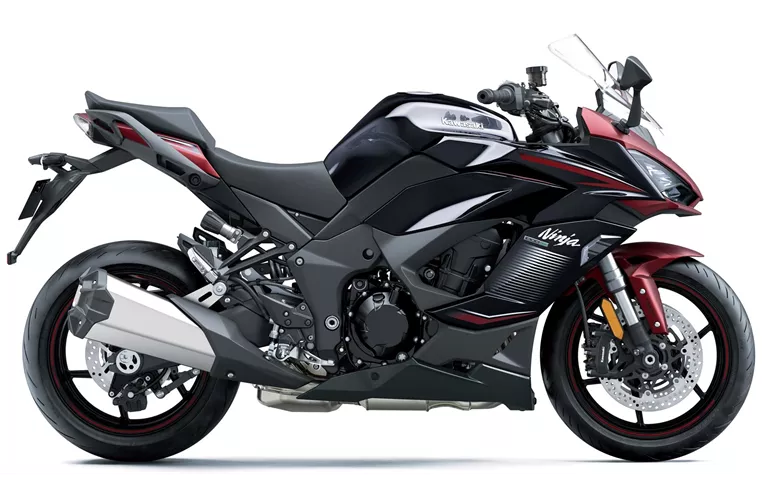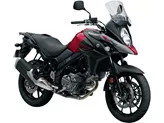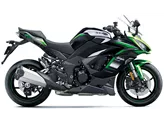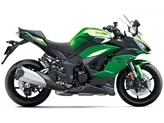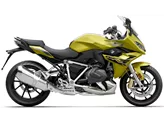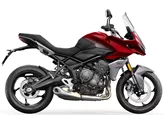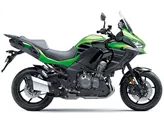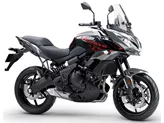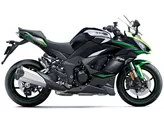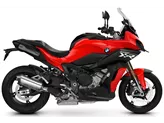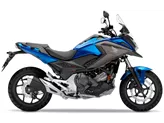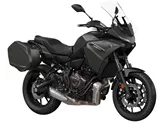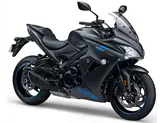Kawasaki Versys 650 2016 vs. Kawasaki Ninja 1000SX 2023

Kawasaki Versys 650 2016
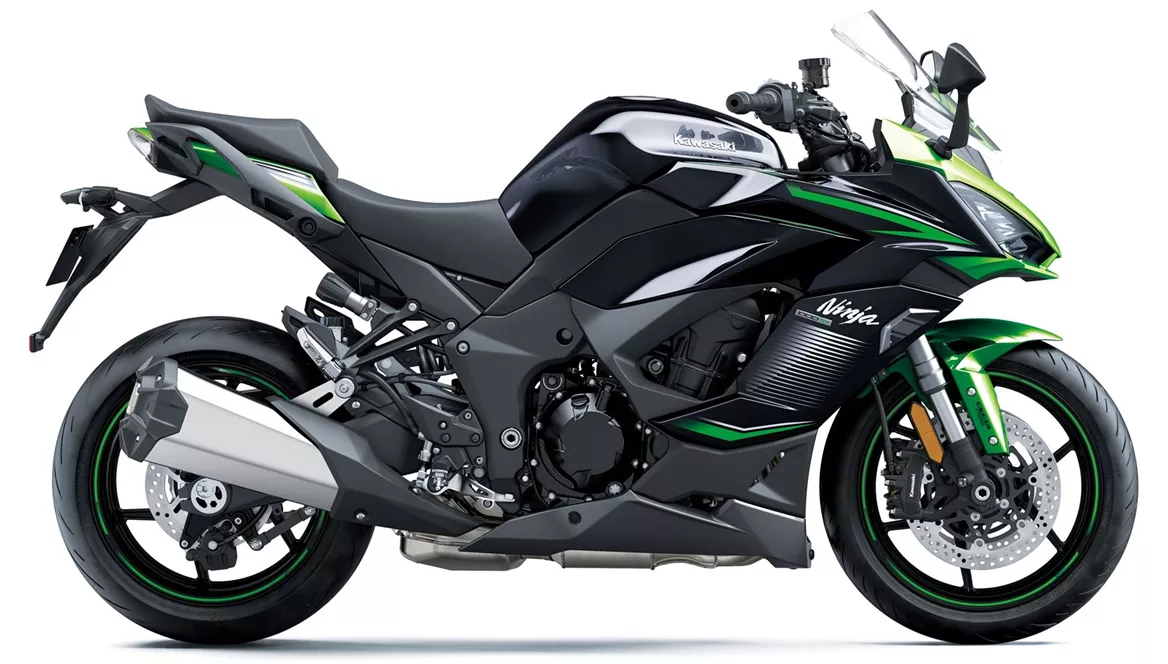
Kawasaki Ninja 1000SX 2023
Overview - Kawasaki Versys 650 2016 vs Kawasaki Ninja 1000SX 2023
The Kawasaki Versys 650 2016 and the Kawasaki Ninja 1000SX 2023 are both impressive motorcycles, but they have some key differences.
In terms of engine specifications, the Versys 650 has a 649cc inline twin-cylinder engine with 69 horsepower and 64 Nm of torque. On the other hand, the Ninja 1000SX boasts a larger 1043cc inline four-cylinder engine with a powerful 142 horsepower and 111 Nm of torque. This means that the Ninja 1000SX has significantly more power and torque, making it a more exhilarating ride.
Both motorcycles feature an electric starter and a chain transmission. They also have upside-down telescopic forks for the front suspension, but the Ninja 1000SX offers more adjustability with compression, preload, and rebound settings. The rear suspension on both bikes also offers adjustment options.
In terms of chassis, the Versys 650 has a steel frame, while the Ninja 1000SX features an aluminum frame. The aluminum frame offers better rigidity and lighter weight, contributing to improved handling and maneuverability.

Kawasaki Versys 650 2016
Both motorcycles have double disc brakes at the front, but the Ninja 1000SX has radial, monoblock, and petal technology, which provides better braking performance.
When it comes to dimensions and weights, the Ninja 1000SX has a slightly longer wheelbase of 1440mm compared to the Versys 650's 1415mm. The seat height on the Ninja 1000SX is also slightly lower at 834.98mm compared to the Versys 650's 840mm. However, the Ninja 1000SX is heavier with a kerb weight of 235kg, while the Versys 650 weighs 216kg.
In terms of fuel tank capacity, the Versys 650 has a larger 21-liter tank, providing a longer range compared to the Ninja 1000SX's 19-liter tank.
Moving on to strengths, the Versys 650 offers adjustable brake and clutch levers, making it easier to find the perfect fit for the rider. It also has a wide range of use, making it suitable for various riding conditions. Additionally, the Versys 650 has a sporty look that appeals to riders who want a stylish motorcycle.
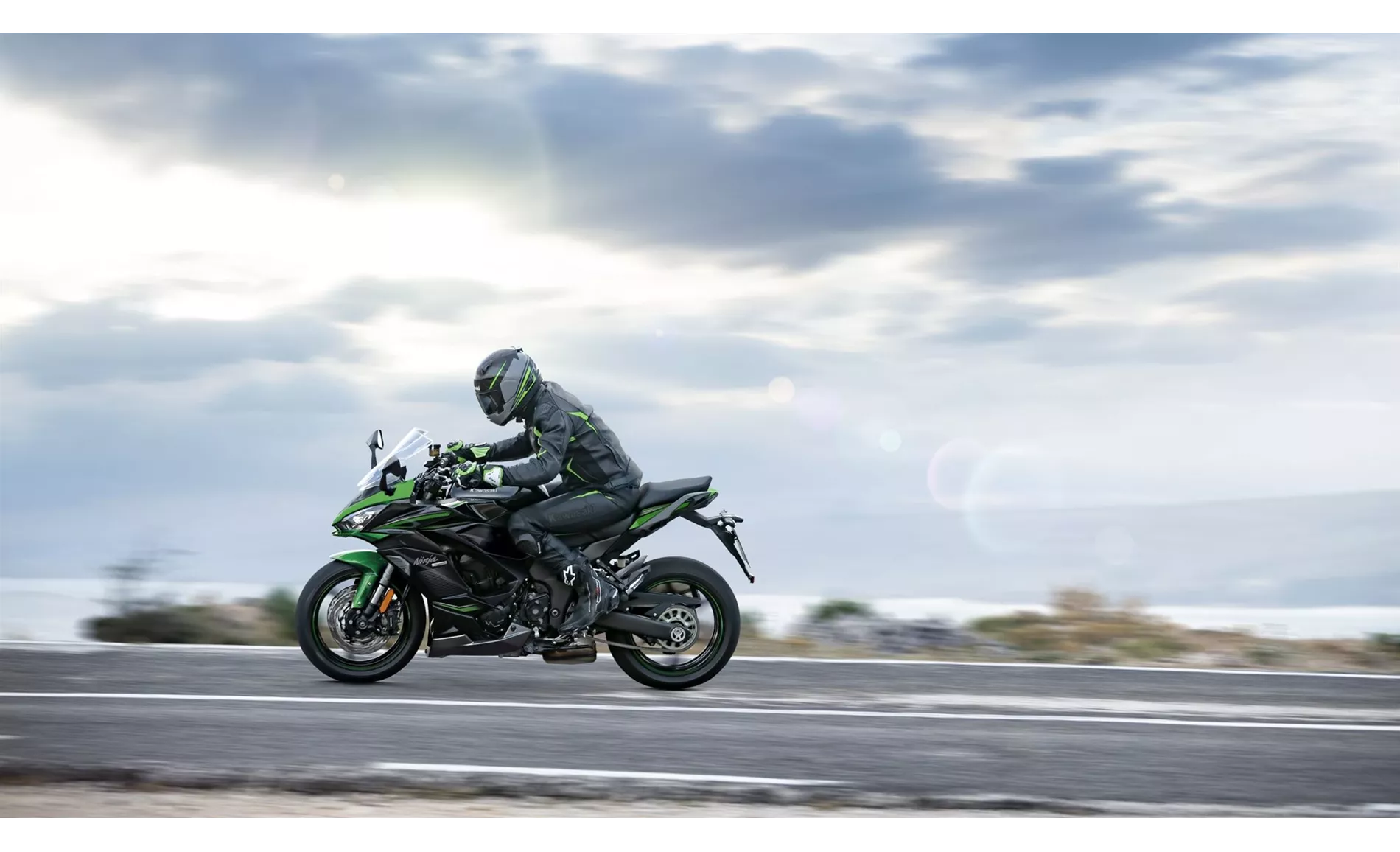
Kawasaki Ninja 1000SX 2023
On the other hand, the Ninja 1000SX boasts a silky four-cylinder engine that delivers smooth and powerful performance. Its comfortable yet sporty ergonomics make it suitable for long rides while still offering a thrilling experience. The full fairing provides excellent wind protection, and the standard electronics package adds convenience and safety. The Ninja 1000SX also offers lots of stability thanks to its full fairing, making it a reliable choice for riders.
However, both motorcycles have their weaknesses. The Versys 650 has narrow handlebars, which may not provide the best comfort for some riders. It can also feel somewhat sluggish in bends, impacting its agility. Additionally, the high seat height may be a disadvantage for shorter riders.
On the other hand, the Ninja 1000SX's engine needs to be revved to extract its full potential, which may not suit all riding styles. The electronics package could be more user-friendly, and adjusting the windshield requires the use of both hands, which can be inconvenient.
In conclusion, the Kawasaki Ninja 1000SX 2023 offers more power, better handling, and a more comfortable riding experience compared to the Kawasaki Versys 650 2016. However, the Versys 650 has its own strengths, such as adjustable levers and a larger fuel tank. Ultimately, the choice between these two motorcycles depends on the rider's preferences and intended use.
Technical Specifications Kawasaki Versys 650 2016 compared to Kawasaki Ninja 1000SX 2023
Pros and Cons in comparison
Pros and Cons in comparison
Kawasaki Versys 650 2016

When it was first introduced, the Versys 650 was a refreshing, modern concept that combined lots of fun with a lively in-line two-cylinder engine, high everyday utility and a wide range of uses. In the meantime, it has a few years under its belt and, after the visual update, which is very successful, it also deserves a technical overhaul. While the tank should not shrink, a lower seat height would be desirable.
Kawasaki Ninja 1000SX 2023
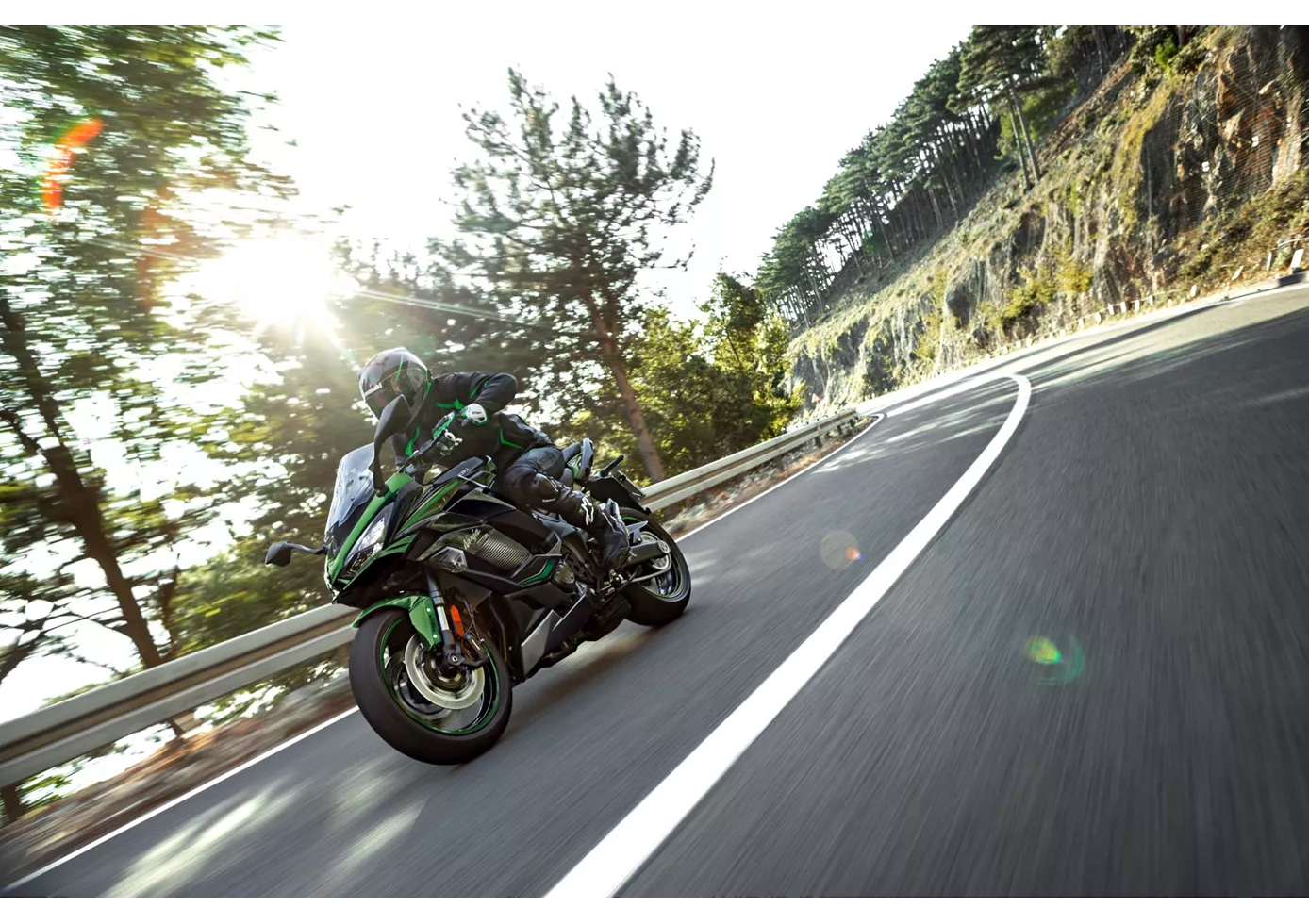
A sports tourer of the old school. The Kawasaki Ninja 1000SX fulfils all the points you would expect from this bike category. Added to this is a comprehensive electronics package that offers everything you could wish for when travelling - and at no extra charge! The fact that the operation is perhaps not quite as intuitive as the competition already manages, is forgiven at the latest when you take a look at the price tag.
Price Comparison Avarage Market Price Kawasaki Versys 650 vs Kawasaki Ninja 1000SX
There are a few key differences between a Kawasaki Versys 650 2016 and a Kawasaki Ninja 1000SX 2023. In terms of price, the actual average price of a Kawasaki Ninja 1000SX 2023 is about 104% higher. Compared to Kawasaki Ninja 1000SX 2023 there are less Kawasaki Versys 650 2016 bikes available on the 1000PS.de Marketplace, specifically 10 compared to 89. It takes less time to sell a Kawasaki Versys 650 with 101 days compared to 128 days for a Kawasaki Ninja 1000SX. Since model year 2007 1000PS.de editors have written 39 reviews for the Kawasaki Versys 650 and 13 reviews for the Kawasaki Ninja 1000SX since model year 2020. The first review for the Kawasaki Versys 650 was published on 25/07/2006 and now has more than 3,900 views. This compares to more than 40,500 views for the first review on Kawasaki Ninja 1000SX published on 05/11/2019.

